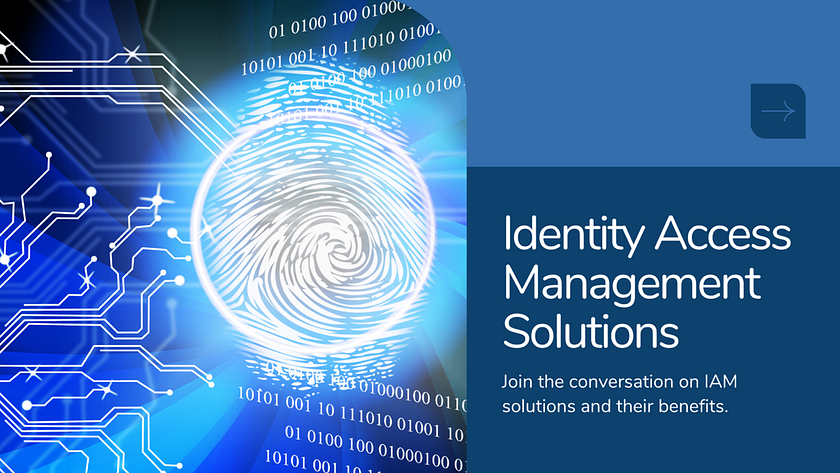Identity and Access Management (IAM): A Comprehensive Guide

What is Identity and Access Management (IAM)?
Identity and Access Management (IAM) is a security framework that ensures only authorized individuals have access to specific resources. It’s like a digital doorman, controlling who can enter and what they can do once inside. In the context of technology, IAM manages user identities and controls their access to systems, applications, and data.
Key Components of IAM
Identity Provisioning:
- Creates and manages user accounts.
- Assigns roles and permissions to users.
- Ensures accurate and up-to-date user information.
Authentication:
- Verifies the identity of users.
- Commonly uses methods like passwords, biometrics, or tokens.
- Strong authentication mechanisms prevent unauthorized access.
Authorization:
- Determines what actions a user can perform.
- Assigns specific permissions to users or groups.
- Ensures that users only have access to the resources they need.
Single Sign-On (SSO):
- Allows users to log in once to access multiple applications.
- Improves user experience and reduces security risks.
- Streamlines the login process and enhances productivity.
Identity Governance and Administration:
- Manages the entire lifecycle of user identities.
- Enforces policies and procedures to maintain security.
- Monitors user activity and detects anomalies.
How Does IAM Work?
User Provisioning:
- A new user is added to the IAM system.
- The system assigns a unique identifier and sets initial permissions.
Authentication:
- The user attempts to log in.
- The IAM system verifies the user’s credentials.
- If successful, the user is granted access.
Authorization:
- The IAM system checks the user’s permissions for the requested resource.
- If the user has sufficient permissions, access is granted.
Session Management:
- The IAM system monitors the user’s session.
- It can automatically log the user out after a period of inactivity.
- It can track user activity to detect suspicious behavior.
Why is IAM Important?
- Enhanced Security: Protects sensitive data and systems from unauthorized access.
- Improved Efficiency: Streamlines user access and reduces administrative overhead.
- Compliance Adherence: Helps organizations meet regulatory requirements.
- Risk Mitigation: Reduces the risk of data breaches and security incidents.
By implementing a robust IAM solution, organizations can safeguard their digital assets and maintain a secure IT environment.


Comments
Post a Comment